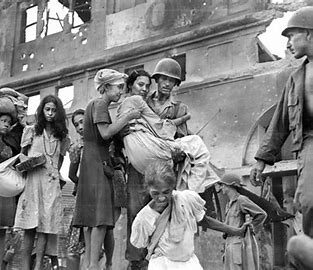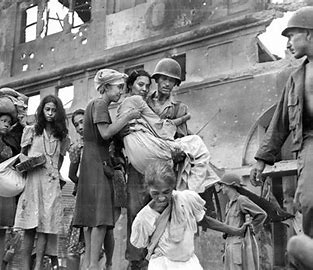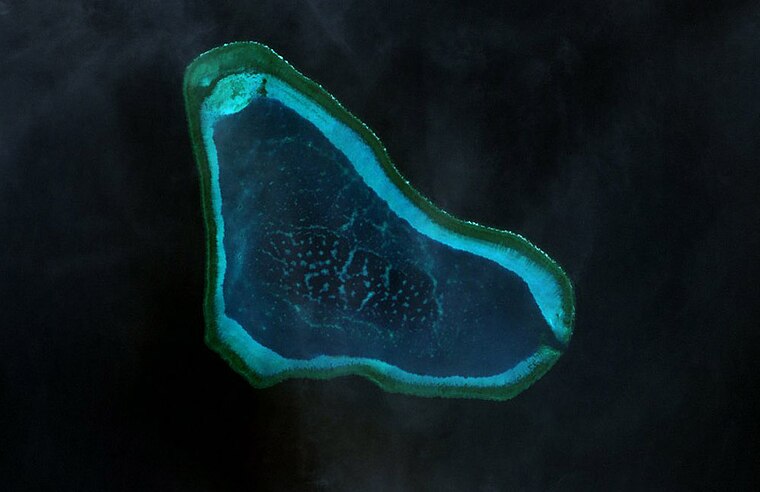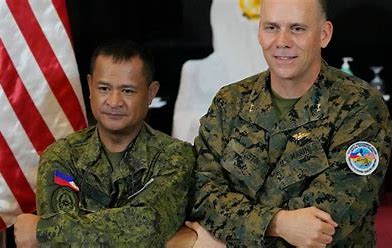
The liberation of Manila in World War II was one of the most significant and grueling battles in the Pacific Theater, marking a crucial turning point in the war. The battle, which lasted from February 3 to March 3, 1945, resulted in the recapture of the Philippine capital from Japanese forces by the combined efforts of American and Filipino troops.
With the anniversary approaching, it is fitting to reflect on the events that transpired and honor the sacrifices made during this critical period.
The Prelude
Before the war, Manila was a thriving metropolis and a symbol of American colonial influence in Asia. However, in December 1941, Japanese forces invaded the Philippines, leading to the fall of Manila by January 1942. The subsequent occupation was marked by harsh rule, forced labor, and widespread suffering among the Filipino people.
The Liberation Campaign
By late 1944, General Douglas MacArthur and his forces had returned to the Philippines, fulfilling his famous promise: “I shall return.” The Battle of Leyte Gulf had already weakened Japanese naval power, paving the way for the Allied invasion of Luzon, where Manila is located.
The liberation of Manila began on February 3, 1945, when elements of the 1st Cavalry Division and the 37th Infantry Division entered the city. They faced fierce resistance from Japanese troops, who had fortified various parts of the city. The battle turned into urban warfare, with house-to-house fighting and significant civilian casualties.
The Destruction and Aftermath
Manila suffered immense destruction during the battle. Historical buildings, churches, and landmarks were damaged or destroyed. The Japanese forces, in a final act of defiance, committed numerous atrocities against civilians, resulting in what is known as the Manila Massacre, where an estimated 100,000 civilians lost their lives.
Despite the heavy toll, the liberation of Manila marked a significant victory for the Allied forces. The city’s fall signaled the beginning of the end of Japanese occupation in the Philippines. On March 3, 1945, after a month of intense fighting, Manila was declared liberated.
Legacy
The liberation of Manila is remembered as a turning point in the Pacific War. It highlighted the resilience and bravery of Filipino and American soldiers and the indomitable spirit of the Filipino people. The battle also underscored the horrors of war and the profound impact it had on the civilian population.
In the years following World War II, Manila rebuilt and transformed, emerging from the ashes of war to become one of Southeast Asia’s leading cities. The liberation of Manila remains a testament to the sacrifices made and a reminder of the enduring pursuit of freedom and justice.
As the anniversary approaches, it serves as a poignant reminder of the courage and resilience that defined this pivotal moment in history.




